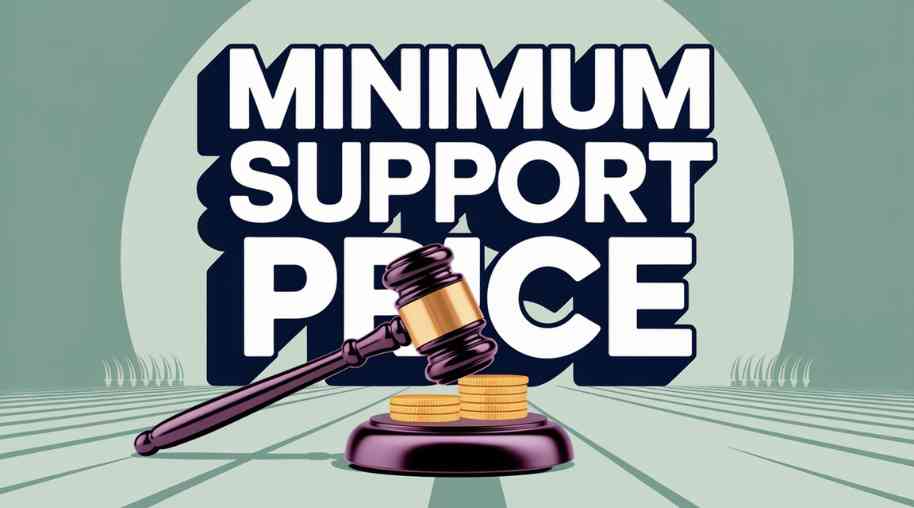SGSY Full Form-Swarnajayanti Gram Swarojgar Yojana
by Shashi Gaherwar
0 1960
Swarnajayanti Gram Swarojgar Yojana (SGSY): Empowering Rural India Through Self-Employment
Rural poverty has long been a challenge for India, with millions relying on agriculture and informal jobs. To address this, the Government of India launched the Swarnajayanti Gram Swarojgar Yojana (SGSY) in 1999, aiming to promote self-employment in rural areas through Self-Help Groups (SHGs), financial support, and skill development.

This article explores the objectives, features, implementation, and impact of SGSY in transforming rural livelihoods.
Objectives of SGSY
The Swarnajayanti Gram Swarojgar Yojana was designed to achieve the following goals:
- Poverty Alleviation: Help rural households escape poverty through self-employment.
- Skill Development: Provide training to enhance employability.
- Self-Help Group Formation: Promote collective financial responsibility via SHGs.
- Financial Assistance: Offer loans and subsidies for small businesses.
- Sustainable Livelihoods: Support micro-enterprises in agriculture, dairy, and handicrafts.
- Market Linkages: Connect entrepreneurs with markets for economic sustainability.
Key Features of SGSY
SGSY incorporated several distinctive features to support rural entrepreneurship:
- Formation of Self-Help Groups (SHGs): Encouraged group-based activities for resource pooling and income generation.
- Subsidized Credit Support: Provided bank loans with government subsidies for financial stability.
- Capacity Building & Skill Training: Offered training in technical skills, business management, and financial literacy.
- Emphasis on Women & Vulnerable Groups: Prioritized women, SCs, STs, and differently-abled individuals for inclusion.
- Cluster-Based Development: Promoted micro-enterprises in sectors like dairy, poultry, and rural industries.
- Infrastructure Development: Supported storage, processing units, and market linkages.
Implementation of SGSY
SGSY was executed as a centrally sponsored scheme with collaboration from state governments, banks, and NGOs:
- Identification of Beneficiaries: Targeted Below Poverty Line (BPL) households via surveys and gram panchayats.
- Formation of SHGs: Created groups of 10-20 members for collective income-generating activities.
- Skill Training & Capacity Building: Conducted training by agencies and NGOs to boost entrepreneurial skills.
- Financial Assistance & Subsidies: Banks provided loans with subsidies for easy credit access.
- Marketing & Infrastructure Support: Connected enterprises with markets to ensure profitability.
Achievements and Impact of SGSY
SGSY had a transformative impact on rural communities:
- Reduction in Rural Poverty: Generated sustainable employment in dairy, poultry, and handicrafts, lifting families out of poverty.
- Empowerment of Women: Over 50% of SHG members were women, enhancing their financial independence.
- Growth of Self-Help Groups (SHGs): Formed over 4 million SHGs, fostering financial inclusion.
- Improvement in Rural Infrastructure: Developed storage, processing, and transportation networks.
- Encouragement of Micro-Enterprises: Expanded businesses, creating jobs and stimulating local economies.
Challenges Faced by SGSY
Despite its successes, SGSY encountered several challenges:
- Lack of Awareness: Many rural poor lacked information about scheme benefits.
- Delayed Loan Disbursements: Bureaucratic delays hindered timely financial support.
- Market Access Issues: Entrepreneurs struggled with sustainable market linkages.
- Inadequate Training Facilities: Limited training centers impacted skill development.
Transition to National Rural Livelihood Mission (NRLM)
Recognizing SGSY’s limitations, the government restructured it into the National Rural Livelihood Mission (NRLM), or Aajeevika, in 2011 to address shortcomings:
- Enhancing Credit Linkages: Ensuring timely and sufficient credit flow to SHGs.
- Strengthening Market Access: Creating better regional and national market linkages.
- Expanding Skill Development Programs: Increasing vocational training for job readiness.
The Swarnajayanti Gram Swarojgar Yojana (SGSY) was a landmark initiative in rural development, promoting self-employment, poverty alleviation, and financial inclusion. By fostering SHGs and small businesses, it transformed millions of lives. Its transition to NRLM/Aajeevika ensured a more robust approach to empowering rural India, leaving a lasting legacy in shaping economic empowerment policies.
Further Learning Resources
If you’re passionate about building a successful blogging website, check out this helpful guide at Coding Tag – How to Start a Successful Blog. It offers practical steps and expert tips to kickstart your blogging journey!
For dedicated UPSC exam preparation, we highly recommend visiting www.iasmania.com. It offers well-structured resources, current affairs, and subject-wise notes tailored specifically for aspirants. Start your journey today!

Share:








Comments
Waiting for your comments